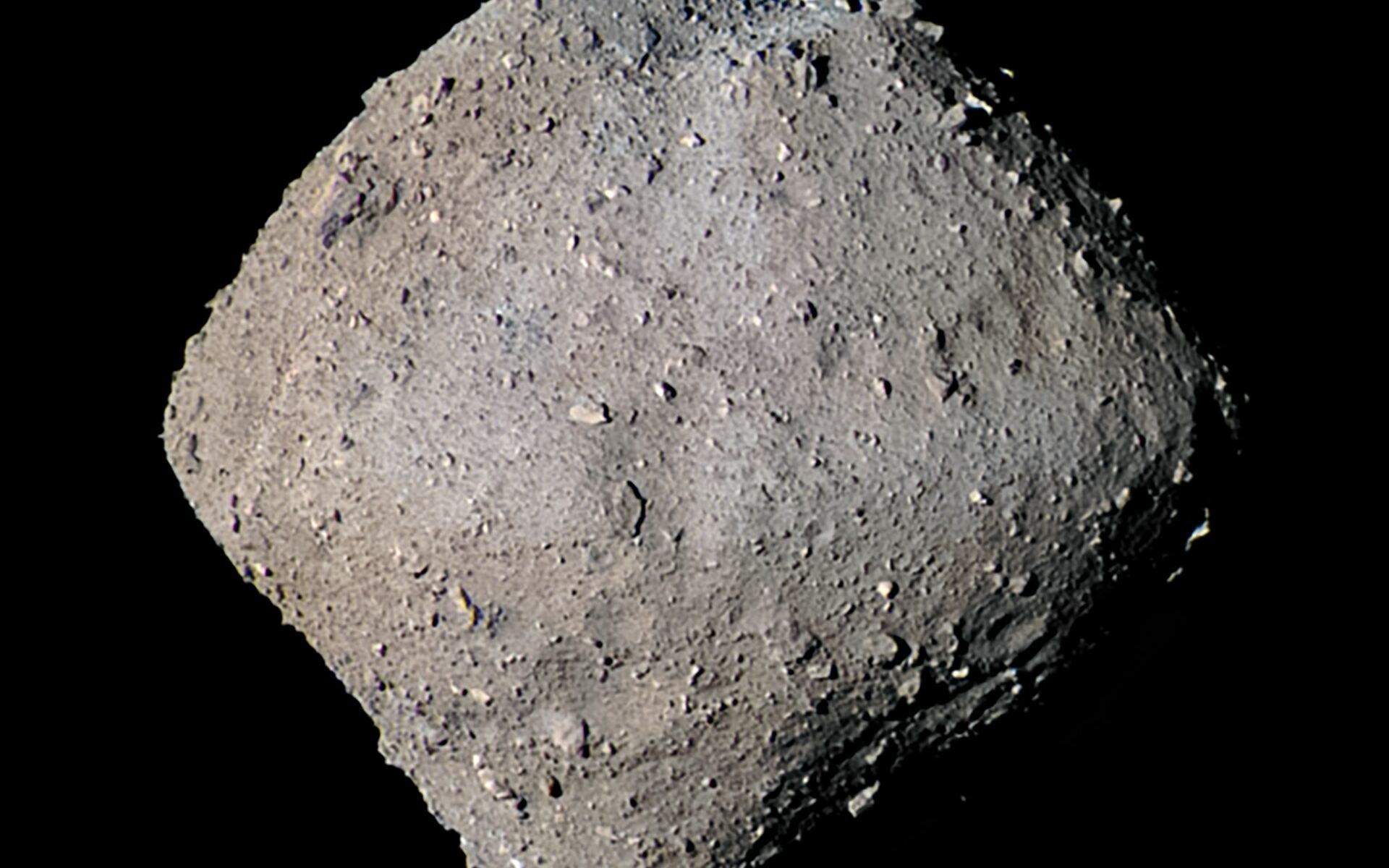Carbon is the building block for all life on Earth and accounts for approximately 45–50% of all dry biomass. When bonded with elements like hydrogen, it produces the organic molecules known as hydrocarbons. When bonded with hydrogen, oxygen, nitrogen, and phosphorus, it produces pyrimidines and purines, the very basis for DNA. The carbon cycle, where carbon atoms continually travel from the atmosphere to the Earth and back again, is also integral to maintaining life on Earth over time.
As a result, scientists believe that carbon should be easy to find in space, but this is not always the case. While it has been observed in many places, astronomers have not found it in the volumes they would expect to. However, a new study by an international team of researchers from the Massachusetts Institute of Technology (MIT) and the Harvard-Smithsonian Center for Astrophysics (CfA) has revealed a new type of complex molecule in interstellar space. Known as 1-cyanoprene, this discovery could reveal where the building blocks of life can be found and how they evolve.
Continue reading “Astronomers Discover Potential New Building Block of Organic Matter in Interstellar Space”










